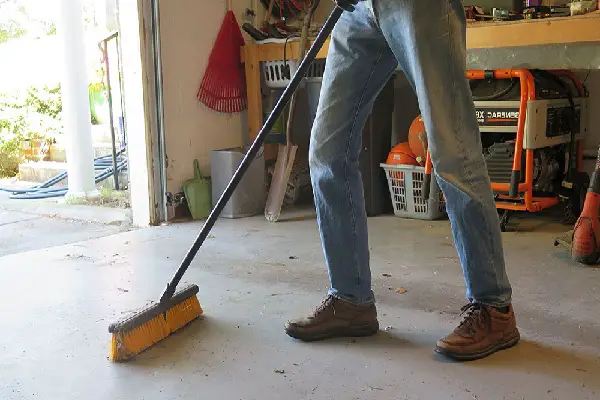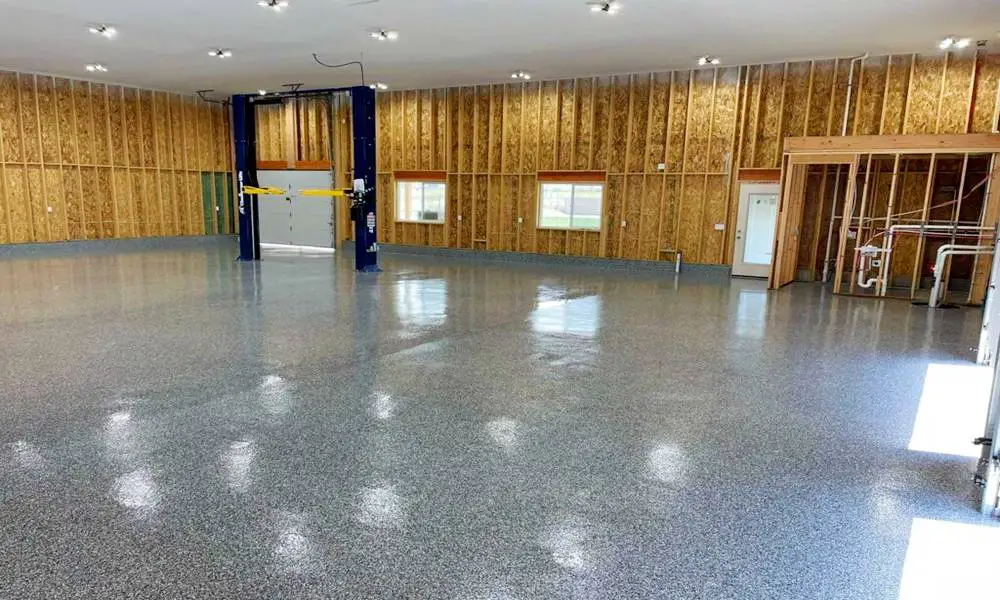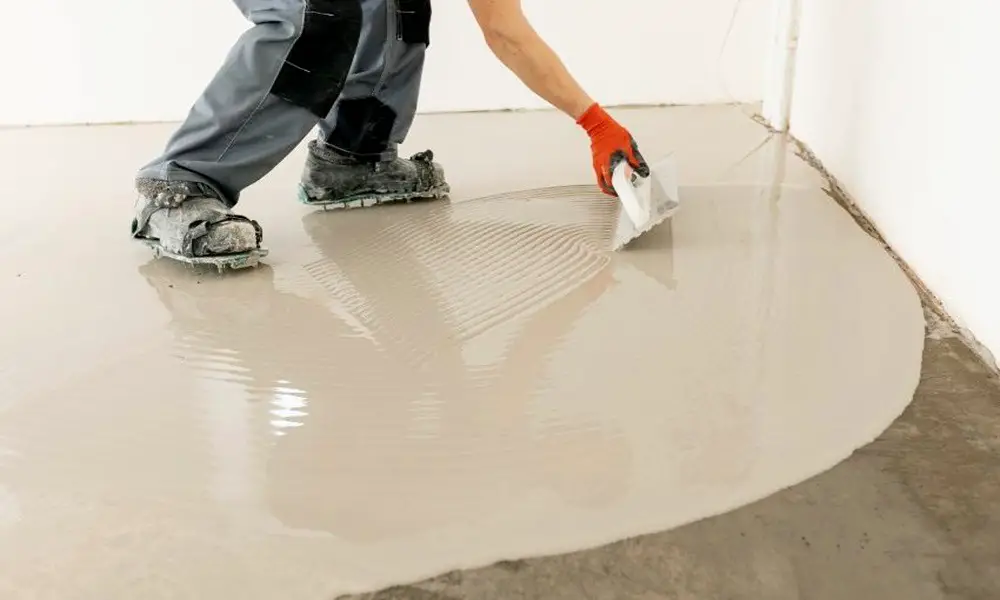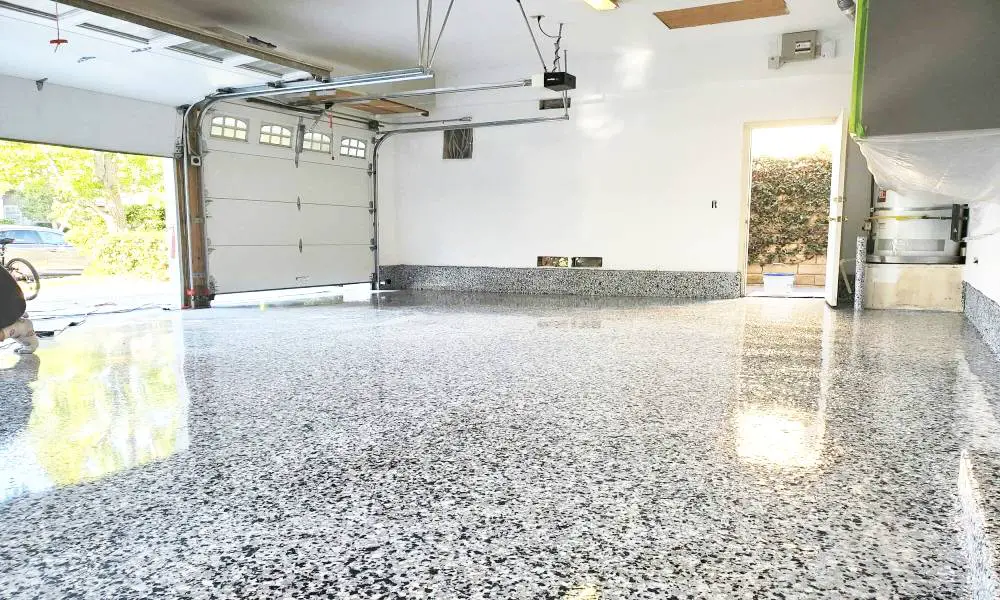How Long Does It Take for Quikrete to Dry?
How Long Does It Take for Quikrete to Dry Quikrete is a popular brand of concrete mix used for various […]
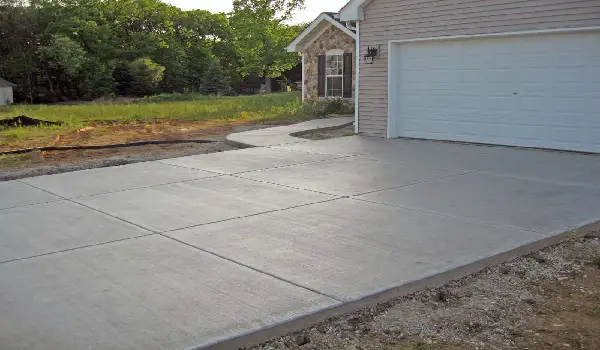
How Long Does It Take for Quikrete to Dry
Quikrete is a popular brand of concrete mix used for various construction projects. Its versatility and ease of use have made it a go-to choice for both DIY enthusiasts and professionals.
One crucial aspect to consider when working with Quikrete is understanding its drying, setting, and curing times.
The time it takes for Quikrete to dry can vary depending on the type of Quikrete used, temperature, humidity, and other factors.
In this article, we will delve into the different types of Quikrete, their respective drying times, and the factors that influence these times. Additionally, we will provide essential tips to ensure the proper drying, setting, and curing of Quikrete for optimal results in your projects.
What is Quikrete?
Quikrete is a pre-mixed concrete product that comes in various formulations designed to meet different construction needs.
It offers a convenient solution for small-scale projects that require fast and reliable concrete applications without the need for extensive mixing and curing processes.
What is the Difference between Drying, Setting, and Curing?
Before diving into the specific drying times of Quikrete, it’s crucial to understand the differences between drying, setting, and curing.
Drying refers to the process when the surface of the concrete is no longer wet to the touch. The setting is the point at which the concrete becomes hard enough to withstand light pressure or foot traffic.
Curing, on the other hand, is the lengthier process in which the concrete gains its full strength and durability over time.
Why is it Important to Know the Drying, Setting, and Curing Times of Quikrete?

Understanding the drying, setting, and curing times of Quikrete is essential for successful project completion. Failing to allow sufficient drying time before subjecting the concrete to heavy loads or foot traffic can lead to damage or deformities.
Moreover, understanding the curing time ensures that the concrete reaches its full strength and durability, guaranteeing the longevity of the construction.
Factors Affecting Drying, Setting, and Curing Times
Several factors influence the drying, setting, and curing times of Quikrete. It’s vital to take these into account to adjust your project schedule accordingly and achieve the best possible results.
1. Temperature:
The ambient temperature plays a significant role in the drying process of Quikrete. In warm and dry conditions, moisture evaporates faster, accelerating the drying time. Conversely, in cold weather, the drying process slows down significantly, requiring more time for the concrete to dry properly.
2. Humidity:
Humidity levels in the surrounding environment impact the drying time of Quikrete. High humidity can slow down the evaporation of moisture from the concrete, while low humidity can speed it up.
3. Thickness of the Concrete:
The thickness of the concrete layer also affects the drying time. Thicker layers take longer to dry completely compared to thinner ones.
4. Type of Quikrete Used:
Different types of Quikrete have varying compositions, leading to differences in their drying and curing times. Let’s explore the drying times for specific types of Quikrete.
Drying, Setting, and Curing Times for Different Types of Quikrete
1. Quikrete Fast-Setting Concrete Mix:
- Sets in 20-40 minutes
- Dries to the touch in 45-60 minutes
2. Quikrete Concrete Mix:
- Sets in 45-60 minutes
- Dries to the touch in 60-90 minutes
3. Quikrete Concrete Mix with Sand:
- Sets in 60-90 minutes
- Dries to the touch in 90-120 minutes
| Type of Quikrete | Drying Time | Setting Time | Curing Time |
|---|---|---|---|
| Quikrete Fast-Setting Concrete Mix | 20-40 minutes | 45-60 minutes | 24 hours |
| Quikrete Concrete Mix | 45-60 minutes | 60-90 minutes | 7 days |
| Quikrete Concrete Mix with Sand | 60-90 minutes | 90-120 minutes | 14 days |
Quikrete drying, setting, and curing times will be affected by temperature and humidity. In warm, dry weather, Quikrete hardens and heals more quickly. In cold, damp weather, Quikrete will harden and heal more slowly
Tips for Ensuring Proper Drying, Setting, and Curing
To ensure that Quikrete dries, sets, and cures correctly, follow these essential tips:
1. Mix the Concrete Thoroughly:
Properly blending the Quikrete mix with water is crucial for its performance. Follow the manufacturer’s instructions and use the correct water-to-concrete ratio to achieve the desired consistency.
2. Pour the Concrete in a Level Area:
Level the area where you’re pouring the concrete to ensure even thickness and uniform drying.
3. Cover the Concrete with Plastic:
Covering the freshly poured concrete with plastic helps retain moisture, aiding in the curing process. It prevents rapid evaporation, which can lead to surface cracks.
4. Keep the Concrete Moist during Curing:
Regularly spray or mist the concrete surface with water during the curing period. This step promotes a controlled curing process and contributes to the concrete’s long-term strength.
Conclusion
In conclusion, understanding the drying, setting, and curing times of Quikrete is vital for the success of your construction projects.
Factors like temperature, humidity, and the type of Quikrete used significantly influence these times.
By following the proper guidelines and tips, you can ensure that your Quikrete applications achieve the desired strength and durability, providing long-lasting results for your projects.
Always refer to the manufacturer’s instructions and recommendations for the specific type of Quikrete you’re using to maximize its performance


